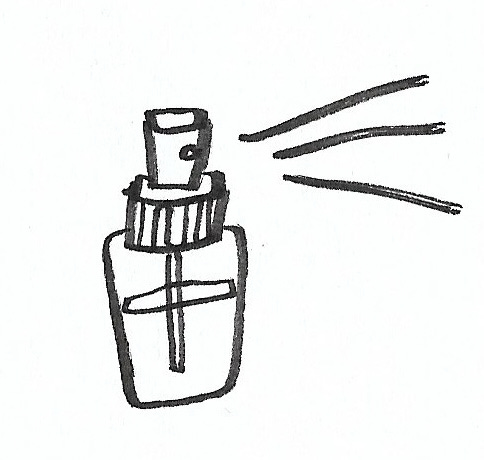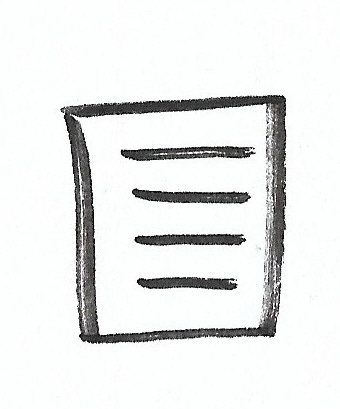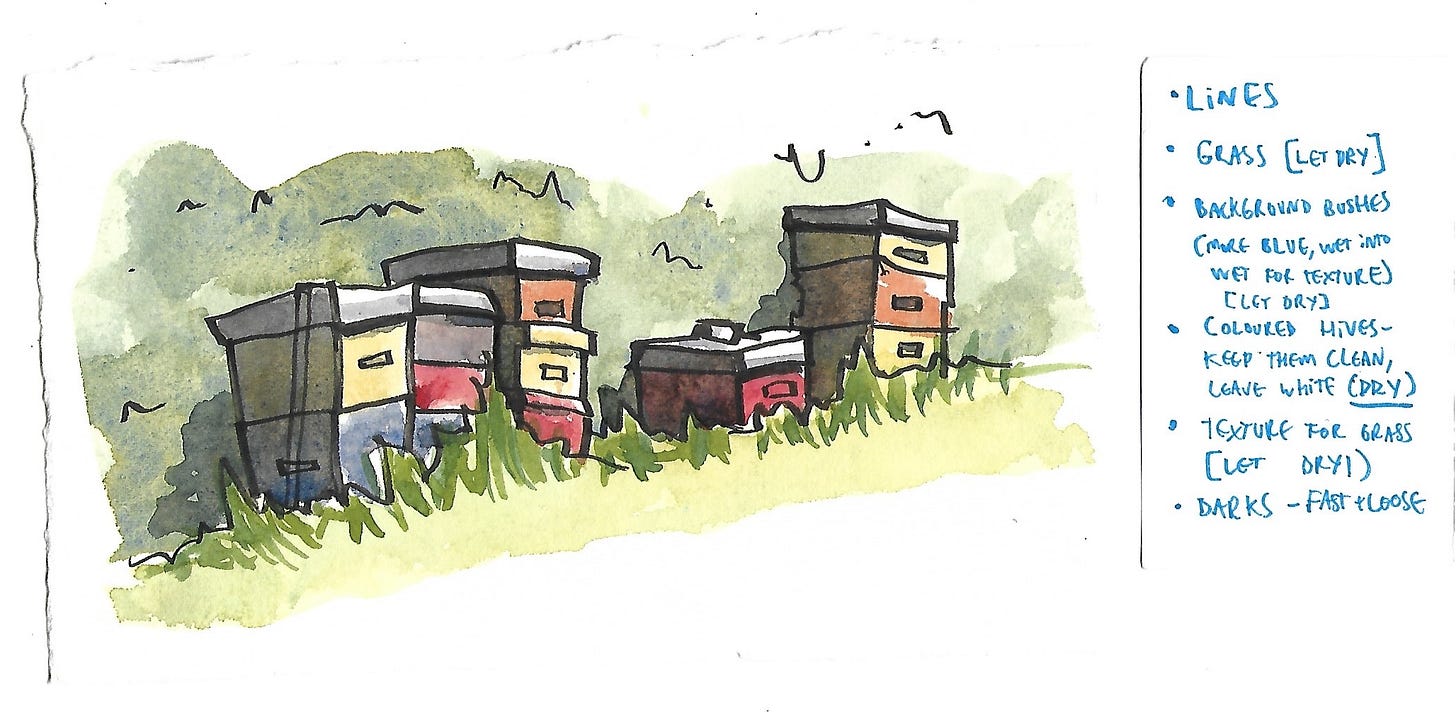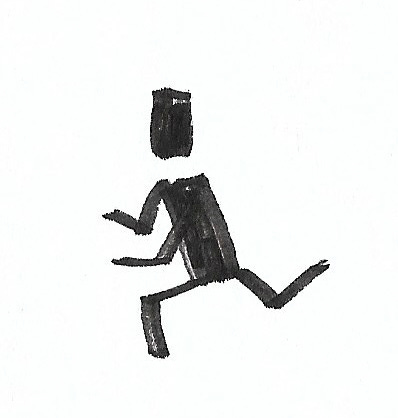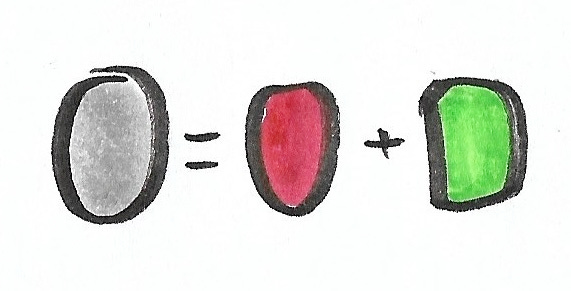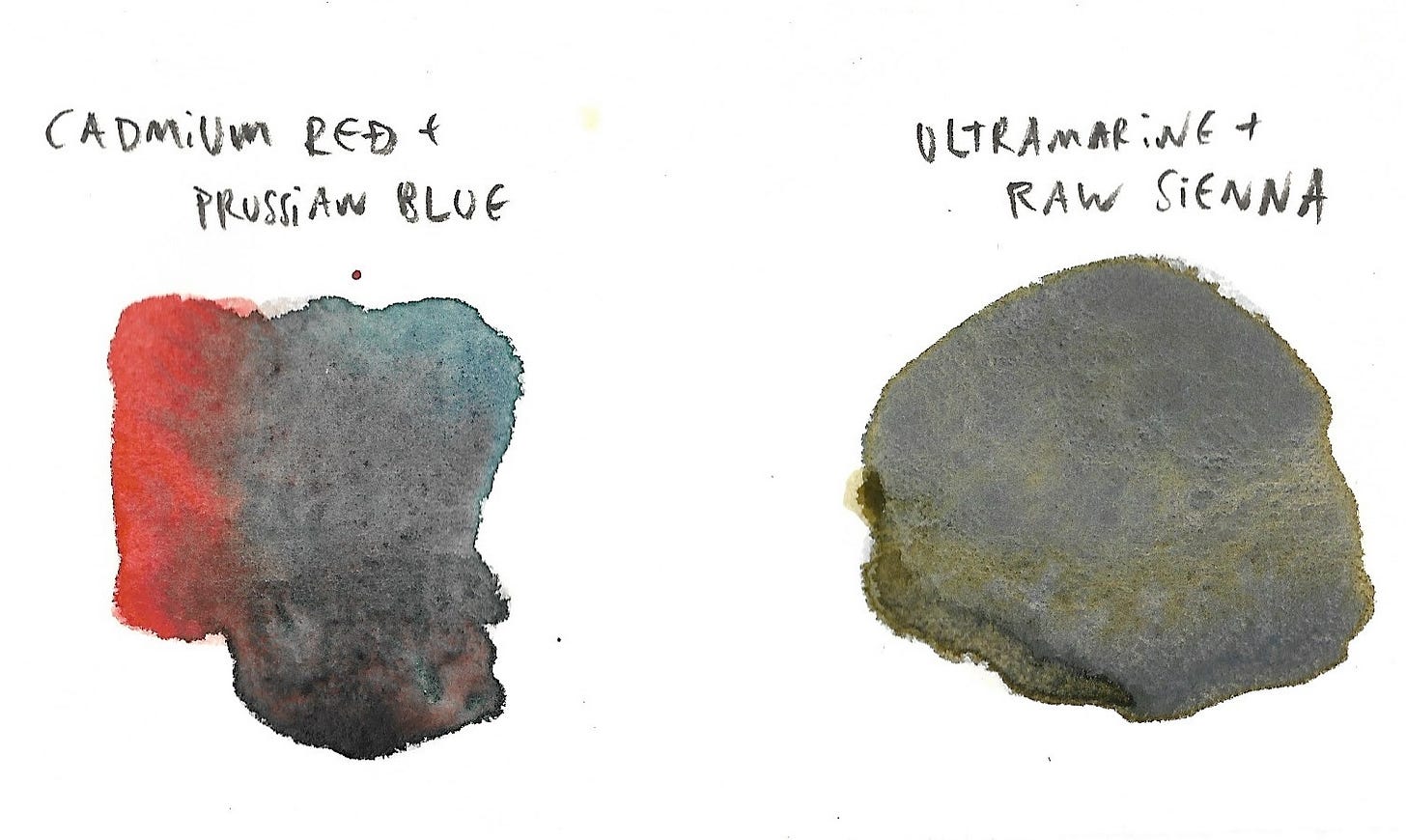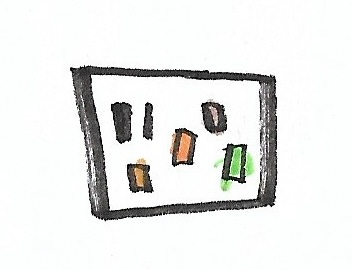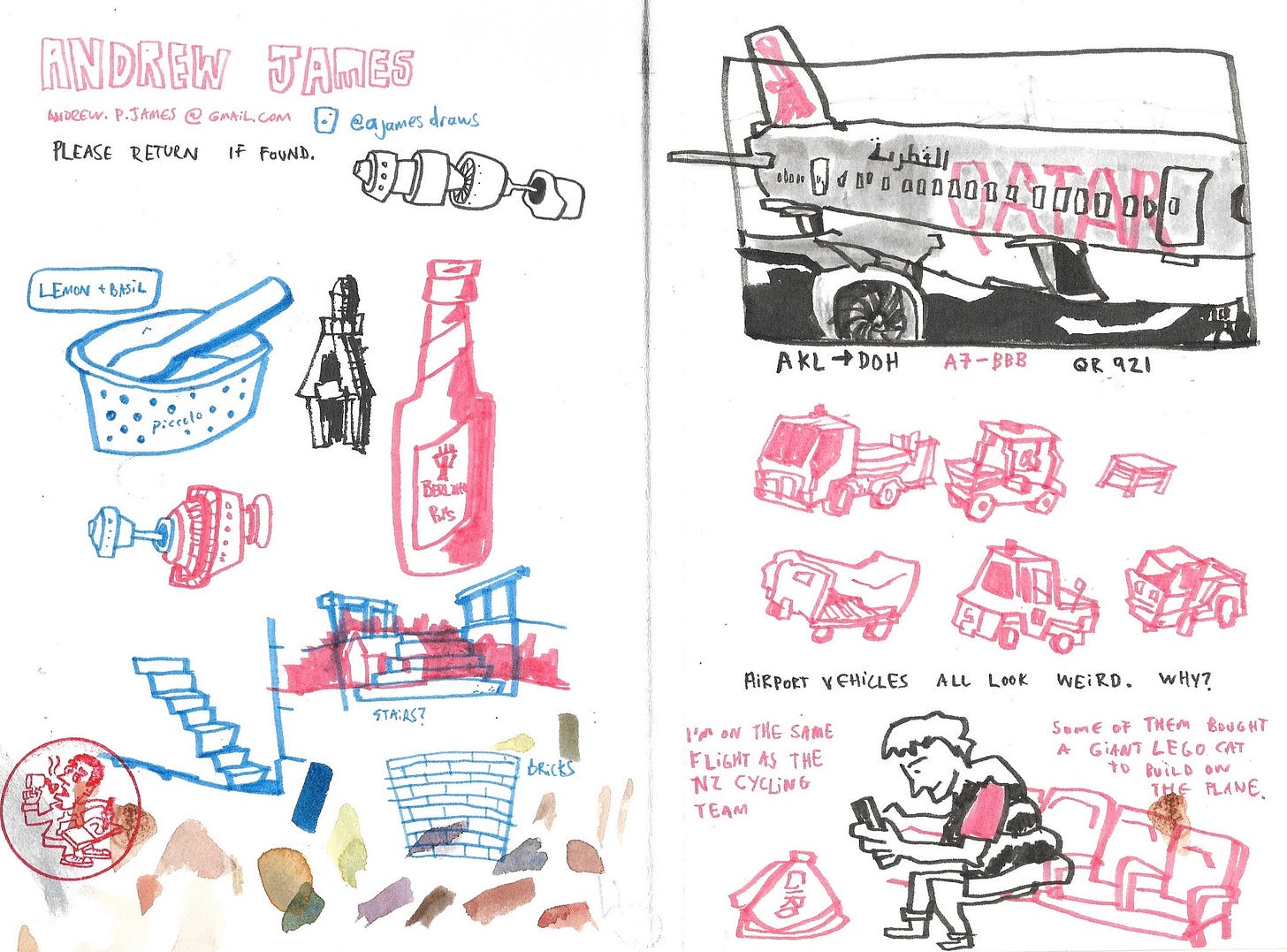Five more simple ways to make your watercolours better
At least one of these ideas will make you a better painter
My in-depth pen and watercolour class, Bold lines, clear colours, starts this weekend. More about that at the bottom on this post.
Watercolour might be the most frustrating of all media.
The best way to learn how watercolours work is to make many bad paintings (that’s how I learned).
But I hope these quick tips will help in the meantime.
1. Pre-wet your palette
Watercolour’s needs are in the name: water and colour. We forget about the first one.
When they’re sitting in your paintbox, the paints dry out. They need hydrating—and, no, mashing your wet brush into the top of them won’t cut it! Give them a good drink by spritzing them, running a sopping we paintbrush over the top, or using a waterbrush as a dropper.
Then you have to give it time. After a few minutes the paint will soften and wake up. Paint will be easier to pick up on your brush, colours will be bolder and the painting will be more satisfying.
2. Make a plan (and write it down)
Watercolour is an active medium. It does things on paper and you have to react to it. There isn’t always time to think. When the paper is wet, speed matters.
It’s a bit like a jazz sax solo. Charlie Parker can only rip it because he knows the tune and has some idea of what he’s going to do. A tonne of practice probably helps too.
Making a plan and writing it on paper gives you a cheat sheet when everything seems to be going too fast. It sounds corny but it’s a super useful thing to do.
The more you paint (or play saxophone), the less of a plan you need. Over time, you realise there are general principles; work from light to dark in values and from big to small shapes.
3. It’s not a marathon or a sprint
Most things are one or the other.
Watercolour is neither; it’s interval training. Periods of fast bold execution and then spells of waiting for paint to dry.
Realise this and don’t try to rush through everything. Go fast when you need to go fast, and take breaks when it’s drying (and don’t fidget with the paint!)
You can take a break and think in between washes, but when you’re washing, keep going, and go fast—it’s fun and stops you from judging yourself.
4. Make your own neutrals
Black and grey on a palette are dangerous—it’s easy for these colours to get mixed into others and make mud!
You’ve always got the makings of neutrals on a pallete; mix a grey from a pair of complementary colours.
My two favourites are cadmium red with Prussian blue, and Ultramarine with raw sienna.
There are many other great combinations. Play with your colours and find out what works for you. Greys made from real colours tend to be more interesting than greys from tubes—the component colours shine through.
5. Swatch your stuff
Have a scrap of paper nearby when you’re painting. Test your colours before you put them on the page.
Sometimes I use the inside front cover of my sketchbook for this
Colours look different on the palette than on the page. Once a colour hits paper and dries it will be much lighter. People try to quantify it but I think that’s a waste of time; I don’t know what 36% lighter even means. I prefer to test instead of guess.
Thanks for reading. If you’ve got watercolour questions, ask away in the comments. I love hearing from you!
Have fun and happy painting,
Andrew
If you’re feeling inspired now, the best thing you can do is go and paint.
That’s what I want you to do. But if you want more watercolour information, here are some of my best ideas about the medium, in order of time and effort required:
🖌️ Five simple ways to make your watercolours better - the prequel to the post you just read. I wish I knew these things when I started painting
🎨 Watercolour mixing demystified—a longer read explaining my thought process when mixing colours.
📹 Putting watercolour on drawings—a recording of a livestream where I demoed how I put paint on drawings and answered heaps of questions.
💻 Bold lines, clear colours—my in-depth online course, which starts this weekend. Six 90 minute sessions where I dive into my system for drawing and painting. You can also watch all the recordings, get individual feedback on all your work and laugh at my jokes if you think they’re funny.
🏕️ Rust, wrecks, forest and ferns—a five day/ four night in person drawing and painting retreat in rural New Zealand this December.


